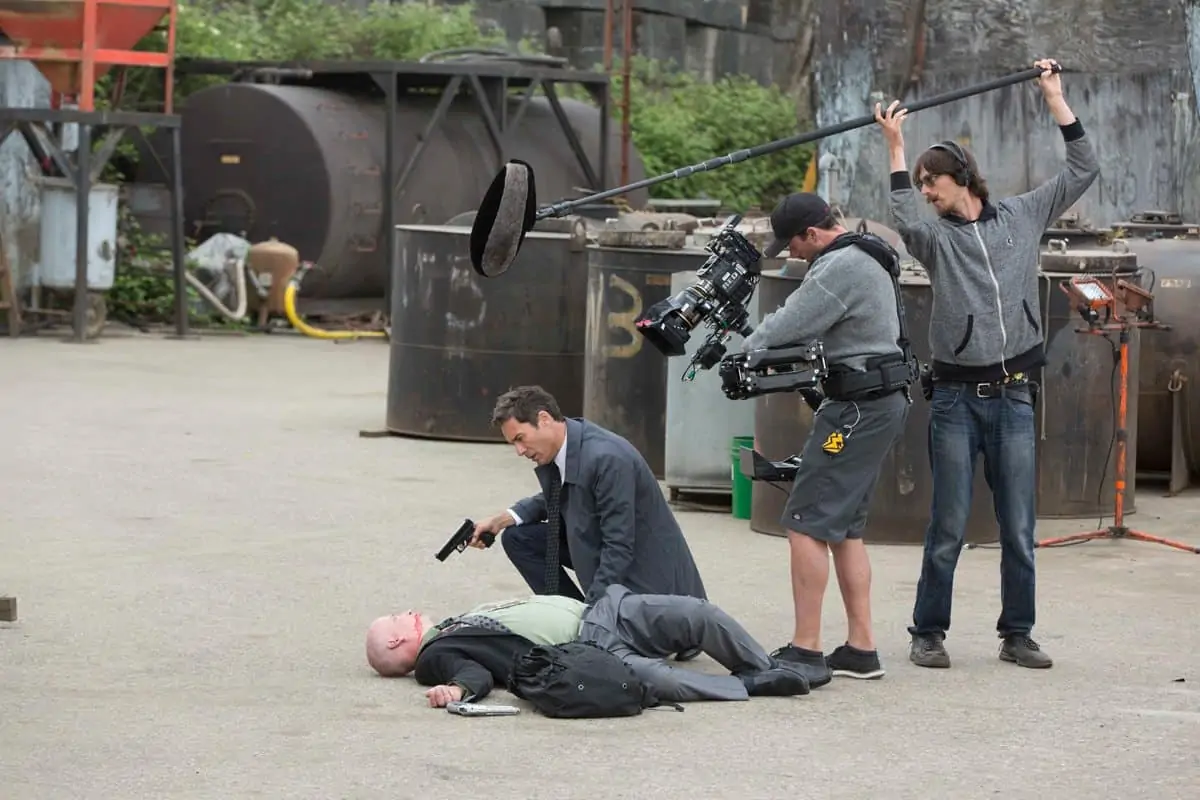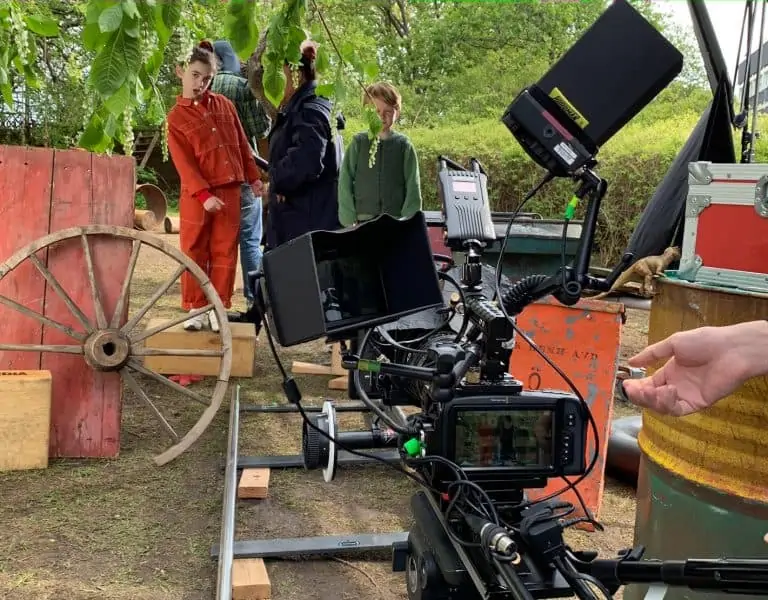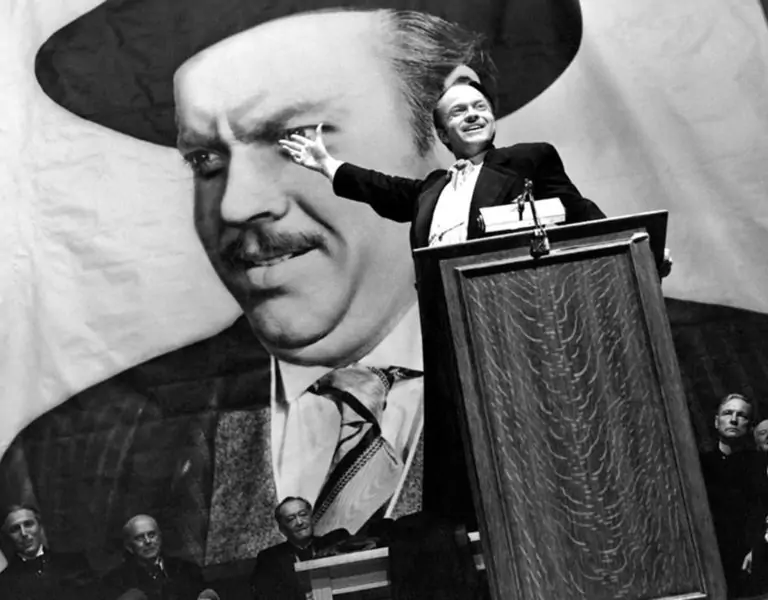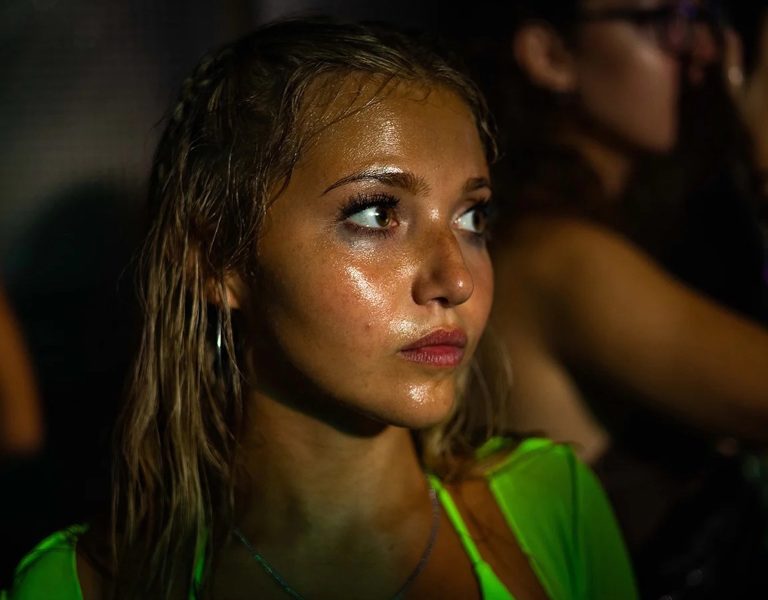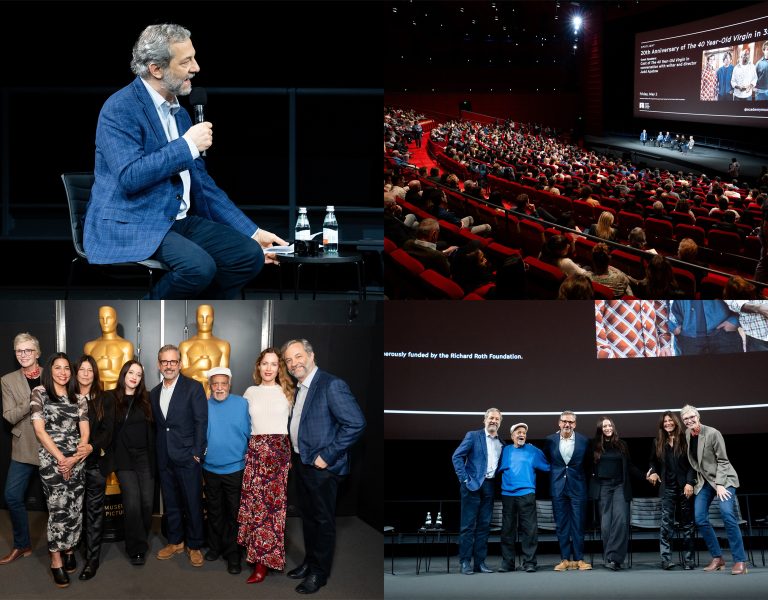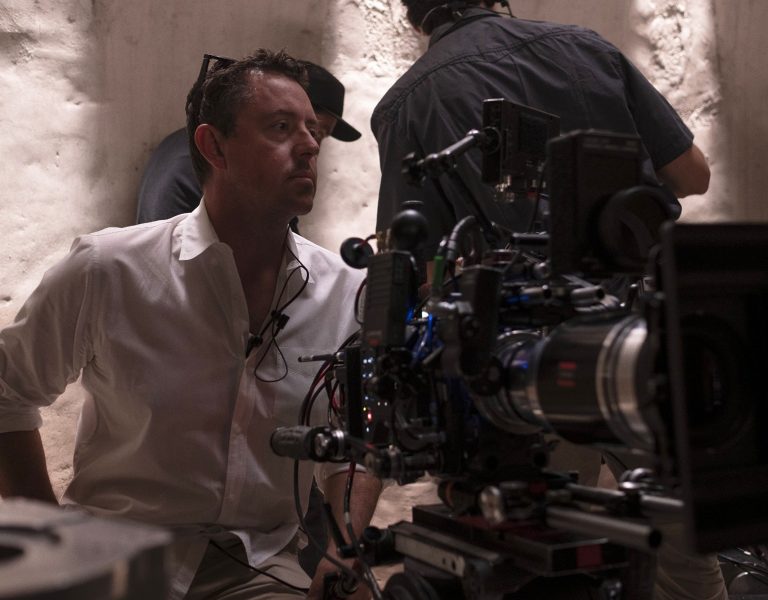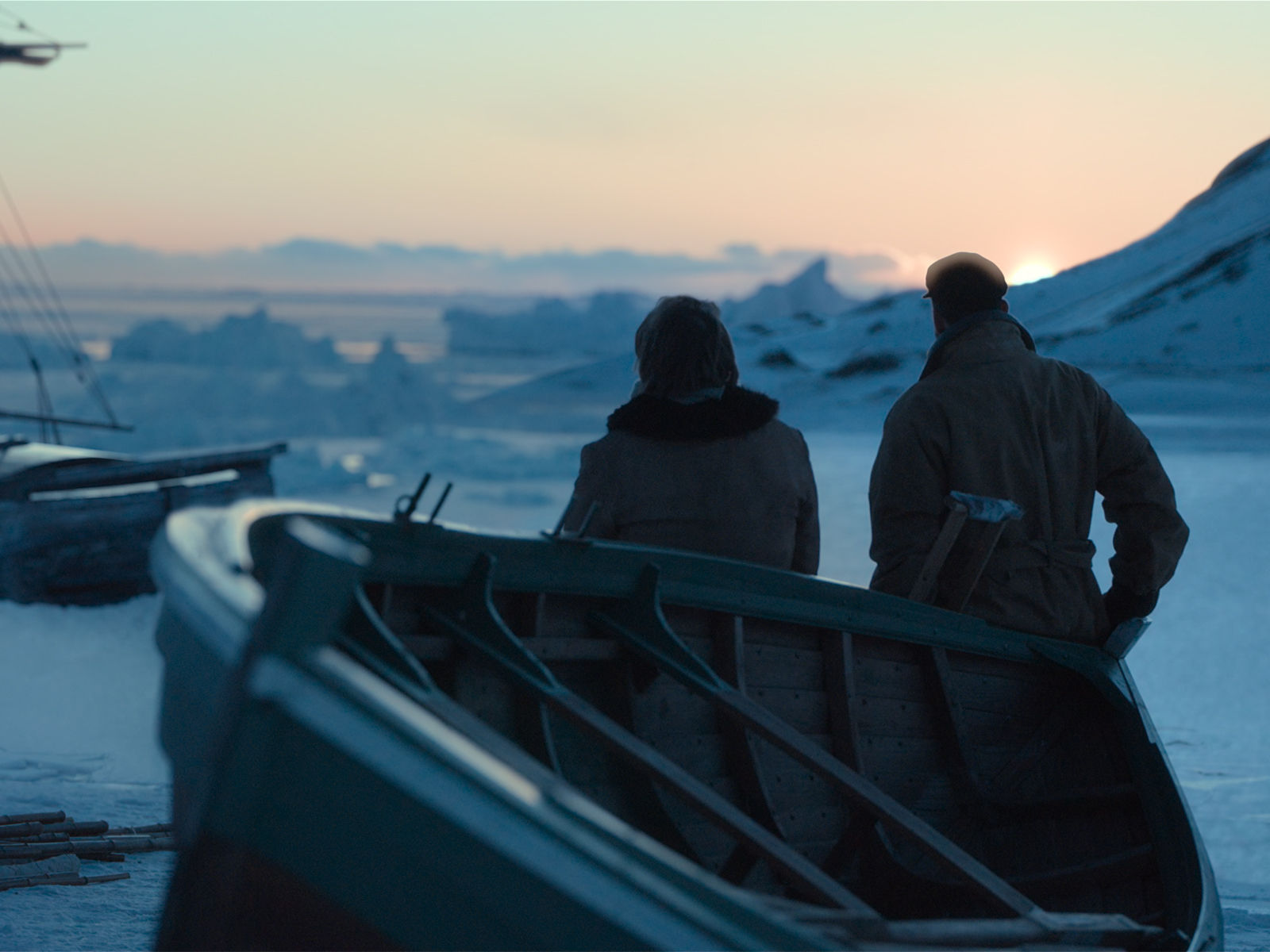
Netflix’s recent release, Against the Ice, has adapted Captain Ejnar Mikkelsen’s novel of actual events during a Danish expedition of Greenland in 1909.
The drama was directed by Peter Flinth (Wallender, Beatles) and lensed by DP Torben Forsberg DFF, while colourist Eggert Baldvinsson of Reykjavík-based Trickshot delivering the grade, online and finish in DaVinci Resolve.
Wanting the viewer to experience the cold and chilling arctic conditions of the explorer’s journey, the director also wanted the grade to bring out the warmth and colour of the costumes. At the same time, Eggert’s instruction from Torben was to keep as much detail in the snow as possible.
“Since many of the scenes are almost entirely white, the most challenging part was to retain the snow details and create enough contrast in it to feel some texture,” he reveals. “That meant taking care not to over-crank the contrast levels on the characters and their costumes.”
“We developed a show LUT for both HDR and SDR, with the latter used in camera and for monitoring on set. That was then applied to the dailies and Avid offline.”
“Ahead of filming, my advice was simple. Don’t get too caught up on it being HDR.”
Eggert boarded the project early, setting up a demonstration of what the production team could expect from the HDR finish. “Ensuring that the highlights were protected and not burnt out, we could then decide how much of the dynamic range we would use during the HDR grade,” he says.
Torben and Peter worked closely on set with the dailies team, adjusting the ShowLUT-SDR files for the Avid offline to fit their creative thinking during filming.
“We would often refer to the SDR offline during the grade to check what had been done on location,” Eggert reveals.
Similar attention to detail applied to the VFX shots. Before the grade began, Eggert worked with the VFX Supervisor (Guðjón Jónsson) to apply a basic grade to all FX shots for preliminary approval.
“The software’s 3D keyer was crucial for manipulating elements, as was the use of matte/alpha video layers when working with heavy VFX shots. Likewise, the ability to overlay shoots in the timeline was a big asset. We even applied a soft filter and slight camera shake to help create authenticity within the story.”
All the VFX Pulls for delivery to FX vendors were managed in DaVinci Resolve, as were titles and graphics. Completing the DolbyVision analysis and SDR Trim, Trickshot then delivered the IMF exports and final DCP creation.
